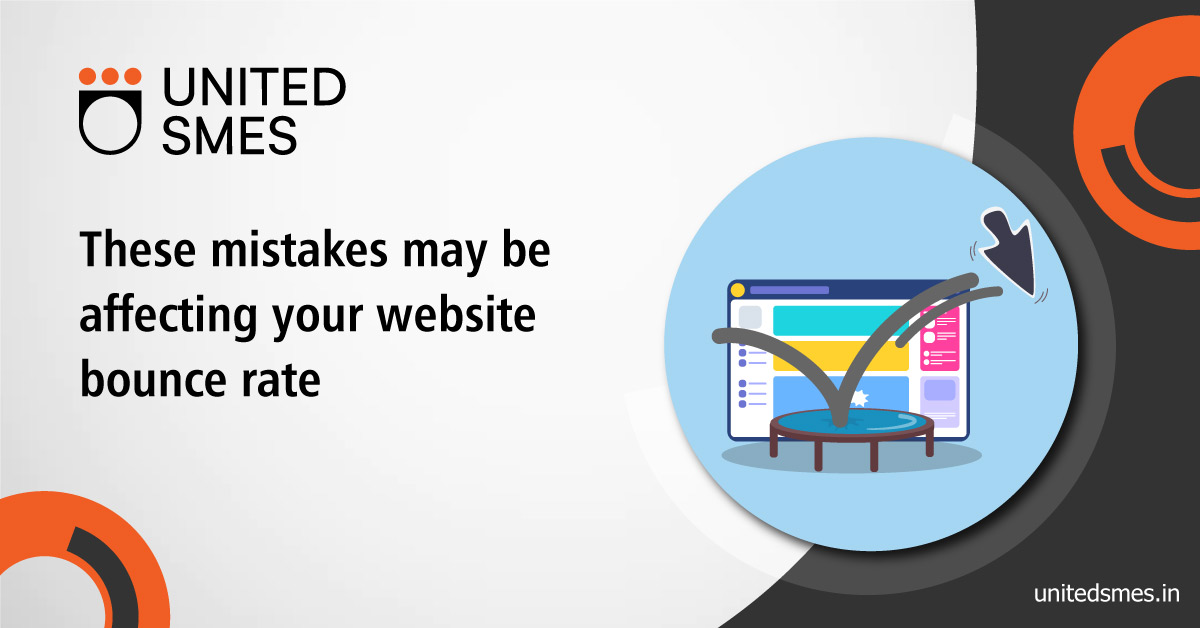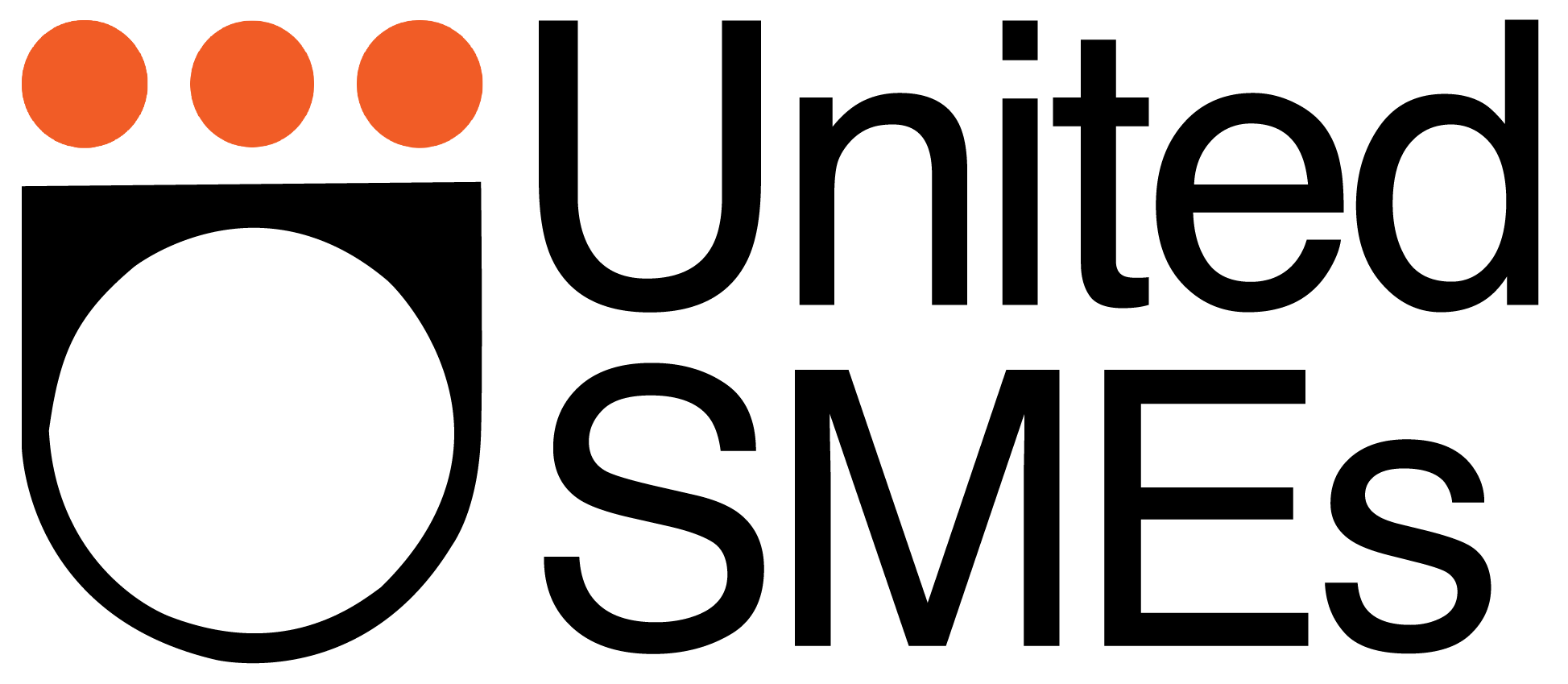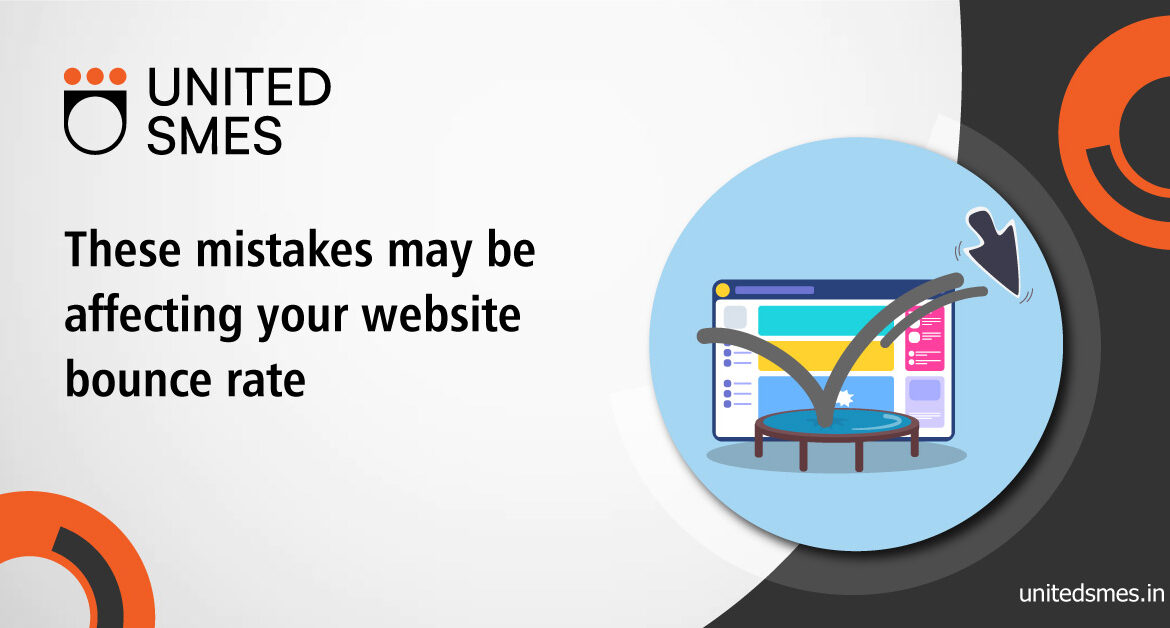
These mistakes may be affecting your website bounce rate.
What is Bounce Rate?
Bounce rate refers to the percentage of visitors who leave your website after reading only one page (or “bounce” back to the search results or referring website).
This can happen if a person spends more than 30 minutes on a page.
So, what exactly is a high bounce rate, and why is it a problem?
Well, “high bounce rate” is a relative word that depends on the aims of your organization and the type of website you have.
Bounce rates that are too low can be problematic.
Here are some mistakes that can cause your website bounce rate to increase:
1- Slow Pages
Google is putting a greater emphasis on site speed as part of its Core Web Vitals program.
A slow-loading page might cause a significant increase in bounce rate.
Google uses site speed as part of its ranking algorithm.
Google aims to promote material that gives users a good experience, and they understand that a slow site can give them that.
Users want information quickly, so Google has put so much effort into highlighted snippets.
2- Content That Is Self-Sufficient
In Google Analytics, check at the Time Spent on Page and Average Session Duration indicators to see if bounce rate is something to be concerned about.
To see if the high bounce rate is a problem, you can undertake user experience testing and A/B testing.
If a person spends a few minutes or more on your page, Google interprets this as a good signal that they found your website highly relevant to their search query.
That kind of user intent is gold if you want to rank for that specific search query, United SMEs are here to help you.
3- A Few Pages Make a Disproportional Contribution
Using the preceding section as an example, you may have a few pages on your site that contribute disproportionately to the overall bounce rate.
Google is good at distinguishing between the two.
You’re probably good to go if your single CTA landing pages adequately satisfy user intent and cause them to bounce rapidly after taking action. Still, your longer-form content pages have a lower bounce rate.
4- A title tag and meta description that is deceptive
Consider this: Is your title tag and meta description accurately summarising the content of your page?
If you don’t, users may come to your site believing it’s about one thing only to discover it’s not and then go back to where they came from.
Fortunately, the problem is easy to remedy, whether it was an honest error or you were attempting to scam the system by optimizing for keyword clickbait.
5-Technical Error or Blank Page
If your bounce rate is unusually high and people are only staying on the page for a few seconds, it’s possible that your page is blank, producing a 404, or otherwise not loading correctly.
To mimic your audience’s experience, look at the page in their most popular browser and device settings (e.g., Safari on desktop and mobile, Chrome on mobile, etc.)






